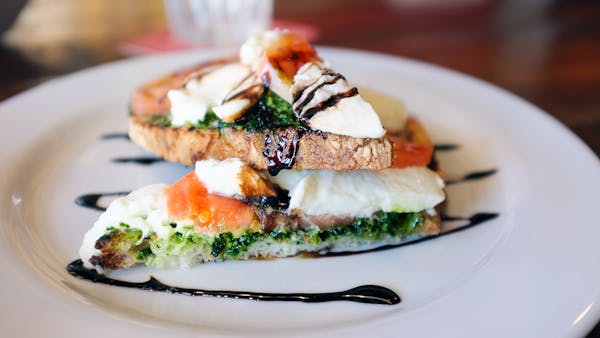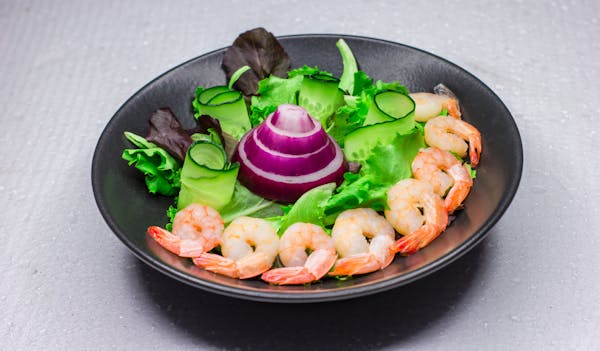Next-Level Hors d’Oeuvres to Impress
Next-Level Hors d’Oeuvres to Impress
Blog Article
Why the Beginning Matters

If you want to impress, start at the beginning, and that’s where appetizers come in.
They set the rhythm for everything to follow.
Move beyond basic bruschetta; instead, think texture, color, and story.
A starter should wake up the senses, not just pass the time.
Whether you're working with local produce or seasonal specialties, the key is simplicity with intention.
It’s not about quantity—it’s about contrast. One creamy, one crunchy, one acidic—you’re already winning in a single bite.
Starters are your way of saying: *this is how I think about food*.
copyright async src="https://embed.bsky.app/static/embed.js" charset="utf-8">How to Make Quiche Lorraine ????????
— Beestrot.com ???????? (@beestrot.bsky.social) April 16, 2025 at 8:10 AM
buff.ly/qucpElc
Quiche Lorraine is perhaps the most famous of all quiches, originating in the northeastern French region of Lorraine during the 16th century.
#foosky #cooksky #homecooking #recipes #cooking #quichelorraine #foodie #beestrot
[image or embed]
The Art of Layering
The secret to an unforgettable appetizer? Contrasts that surprise. Not just taste, but temperature.
Start with a base: maybe crispy toast, a spoonful of polenta cake, or a sheet of nori if you're leaning fresh and salty.
Top it with something soft—smoked trout mousse, whipped goat cheese, or even an earthy mushroom duxelles.
Then comes the pop: pickled shallot, a touch of grapefruit zest, or a single flake of sea salt.
Here’s where magic lives.
Each element should have a purpose: to elevate, contrast, or anchor.
And don't forget temperature—a sizzling shell with cold cream draws attention without effort.
Plating as a Form of Storytelling
People eat with their eyes first, and your plating should reflect that.
Think about shapes, negative space, and height—it’s not just chefy nonsense, it’s psychological.
A dark slate plate can make bright herbs pop. A white bowl gives room for colored oils or a drop of beet coulis.
Use odd numbers—three is friendly, five is elegant, seven is... maybe too much.
Add elements that move the eye: crumbled seeds scattered with purpose, a drizzle in motion, a check this out small sprig off-center.
But remember, editing is design.
A messy plate says “rushed.” A composed one whispers confidence. And a plate that feels natural? That’s a home run.
A Culinary Conversation Starter
Your appetizer shouldn’t just *taste good*—it should say something. Is it seasonal? Every ingredient you pick should answer that.
Maybe you're inspired by childhood snacks you’ve grown up from. That’s not fluff—it’s storytelling through flavor.
You could plate salted watermelon with whipped feta and a crack of pink pepper and call it “a memory of August.”
Or build a crispy rice cake topped with tamarind-glazed pork and serve it as “the street food I miss most.”
These aren’t just dishes—they’re points of connection.
Flavor isn't just chemical—it's emotional. A well-designed appetizer is like a great opening line.
The Grand Finale of Flavors
With the base established, the tastes meticulously combined to create a delicate harmony, and the aroma expertly developed to tempt the taste buds, the last step is to enhance the dish with a thoughtful flourish.
This is where the nuances of the recipe come together to create a truly unforgettable experience. Perhaps it's a delicate sprinkle of Maldon salt or a small wedge of zesty lemon. Even a subtle splash of smooth infused oil can transform a good dish into one that lingers.
The key to success lies in finding the perfect harmony, where every element comes together to create a coherent whole. And when it's all finished, the outcome should stand on its own. If it's executed properly, the plate will convey its own message.

Copyright © Delicious Beginnings blog 2024
Report this page